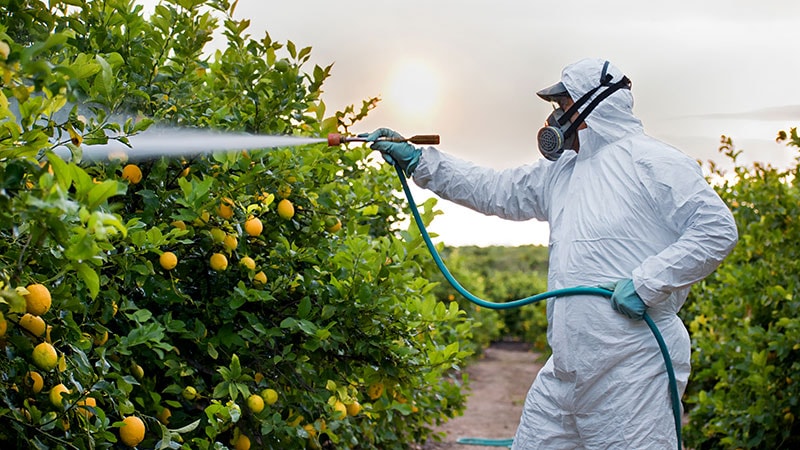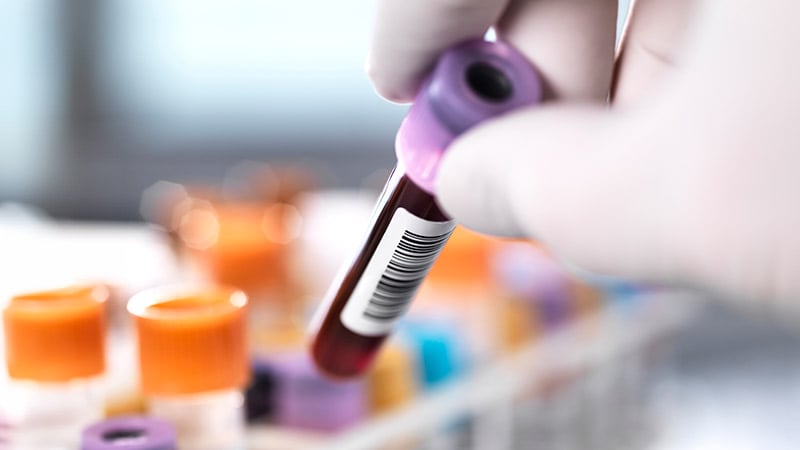Takeaway
- Increased dietary oleic acid (OA) intake was inversely associated with the development of pancreatic ductal adenocarcinoma (PDA).
- Highest intake (>23.7 g/d; equivalent to 2 tablespoons olive oil) was associated with 84% reduction in risk after excluding those diagnosed within 5 years.
Why this matters
- OA is the most common naturally-occurring fatty acid and is particularly abundant in olive and rapeseed oils.
- Increased OA consumption in the population may reduce PDA incidence.
Key results
- 88 participants out of 23,658 developed PDA over the 17-year follow-up period.
- At diagnosis, 14.9% had disease localised, 30.1% had locally advanced disease, and 46.6% had metastatic disease.
- Average daily intake of OA significantly lower in cases (16.9 g/d) vs controls (18.7 g/day).
- Risk of PDA was inversely associated with higher OA intake (highest vs lowest quintile HR 0.29; 95% CI 0.10-0.81; P<0.05).
- Excluding participants diagnosed within 5 years of enrolment, top 4 quintiles had significantly reduced PDA risk (highest vs lowest quintile HR 0.16; 95% CI 0.05-0.52; P<0.005).
- Excluding participants with known diabetes did not alter the magnitude of associations.
- Elevated HbA1c was associated with significantly increased risk (highest vs lowest quintiles HR 6.32; 95% C I 1.38-28.89; P=0.004).
- Analysing dietary oleic acid intake by BMI, BMI >25 kg/m2 had a significant trend across quintiles (HR 0.67; 95% CI 0.47-0.95; P=0.022).
Study design
- 23,658 participants from the European Prospective Investigation of Cancer-Norfolk (EPIC-Norfolk) study completed 7-day food diaries between 1993 and 1997 which recorded foods, brands, and portion size.
- Funding: Big-C cancer charity.
Limitations
- Case-cohort analysis method.
- 35% of cases histologically confirmed.
References
References



